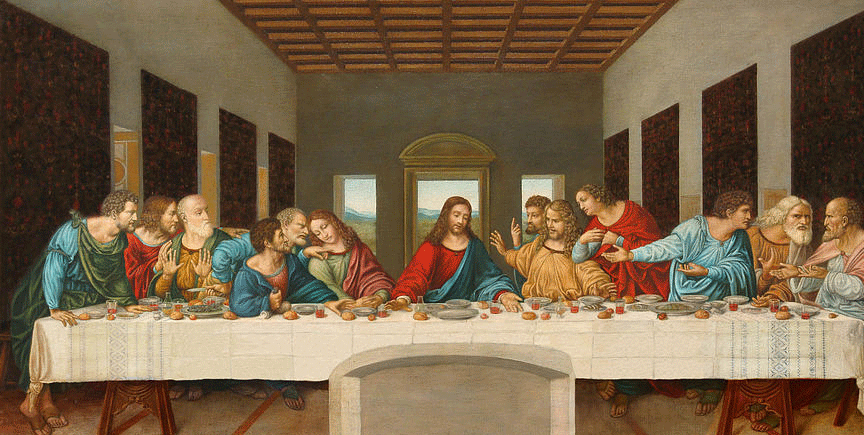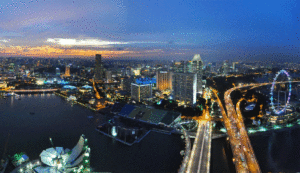P. Pilgrim
This week the Christian communities across the world celebrate ‘Easter’. It is celebrated on the first Sunday after the 14th day of the Jewish month of Nisan after the first full moon of spring. As it is connected to the cycle of the moon some years it is in April and others like this year, it is in late March and so appears early. Easter is a celebration of the resurrection of Jesus Christ after his death on the cross. Christ died and on the following Sunday he rose from the dead. The scriptures inform us that he was seen by over 500 people after his resurrection. It speaks of the victory of Christ over sin and death. Christ the son of God died but came back to life to triumph over the Devil and show that to all who follow him they too will one day rise from the dead.
The day before his death, Jesus and his followers met in a room for a special meal. They came together to celebrate the Jewish feast called the ‘Passover’. It was to commemorate the liberation of the nation of Israel from slavery and the exodus from Egypt hundreds of years before. Even today, the Passover is often celebrated with great pomp and ceremony, especially on the first night, when a special family meal called the seder is held. At the seder, foods of symbolic significance commemorating the Hebrews’ liberation are eaten, and prayers and traditional recitations are performed. One of the most iconic paintings by the renown Italian artist Leonardo da Vinci is of this meal. It is called ‘The Last Supper’. The painting represents the scene of the Last Supper of Jesus with the twelve apostles, his closest followers. It is based on the story told in the Gospel of John, and specifically the moment after Jesus announces that one of his apostles will betray him. It is one of the Western world’s most recognizable paintings for its handling of space, mastery of perspective, treatment of motion and complex display of human emotion and is among the most celebrated works of Leonardo. Some commentators consider it pivotal in inaugurating the transition into what is now termed the High Renaissance. The monastery of Santa Maria delle Grazie in Milan in Italy is where you can visit and see the Last Supper today, it measures 460 cm × 880 cm (180 in × 350 in) and covers an end wall of the dining hall at the monastery. It was painted as a type of fresco and visitors can visit and see its beauty and excellence for themselves. It captures very realistically the last meal that Christ had with his 12 disciples before his death. The last opportunity he had to prepare them for the events of his death. During this meal he tried to explain to the disciples what would happen in the next few days, how a so called friend would betray him, he would be taken and tried and found guilty. Moreover, all his friends would forsake him. Yet in what would appear to be a defeat, God would triumph in the face of evil. First Corinthians chapter 15 verse 57 says, ‘But thanks be to God, which giveth us the victory through our Lord Jesus Christ’. His death may seem like a defeat but in reality, it is what brought the victorious resurrection. So, the celebration of the last supper was just a prelude of the further celebrations that Christ would have with his followers in Heaven. A time of great feasting and happiness, just like the celebration of the marriage supper of Christ in Revelation chapter 19 verse 9. This feast is for all who are his followers, and who believe on his word.
pilgrimway101@yahoo.com




